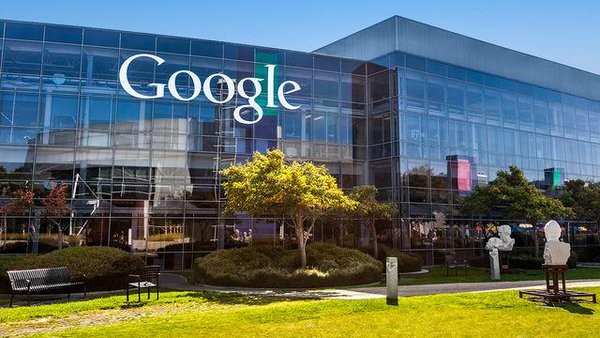Google Search results now include important earthquake summaries for people who live near quake zones including the San Francisco Bay Area. The tech giant's search engine for PCs and mobile now includes a new feature that provides updates for people near fault lines when they think they might have just felt a tremor. It will inform them whether they experienced a quake near or far away, or just a subway train or heavy truck rolling by.
Google users can search for "earthquake" or "earthquakes near me." Such queries will provide a quake summary at the top of the search page.
The world's second largest public company teamed up with the United States Geological Survey (USGS) to add the earthquake data to its search results. Google's search engine now provides results with a map of recent earthquakes. It also includes basic data bout the quakes such as intensities and epicenter.
The new Google Search tool also provides information that compares the latest quake with past ones. It includes data on earthquakes that took place during the last couple months or years, according to Digital Trends.
The web widget also provides helpful tips for post-earthquake actions. However, experts advise getting the information before a big one hits as it could incapacitate web connections.
Dr. William Leith is the USGC Earthquake Hazards Program Coordinator. He noted in a statement that it is important for people to get critical earthquake information when they need it. Google is finding game-changing ways to provide it.
The tech company reported that it can provide USGS earthquake updates within seconds, according to Tech Crunch. USGS itself can receive earthquake information about 10 minutes after a California quake, and within half an hour after the Earth's crust causes ground-shaking in other parts of the world.
Google's new search tool builds on earthquake updates provided via social media. It has become a helpful tool for seismologists to track and predict quakes.
The Alphabet company's new Search feature can also benefit Google headquarters itself. That is due to the company being located in a high-risk zone. The San Andreas fault lies under Silicon Valley and runs just east of Los Angeles.
Here's an earthquake app from UC Berkeley:



























